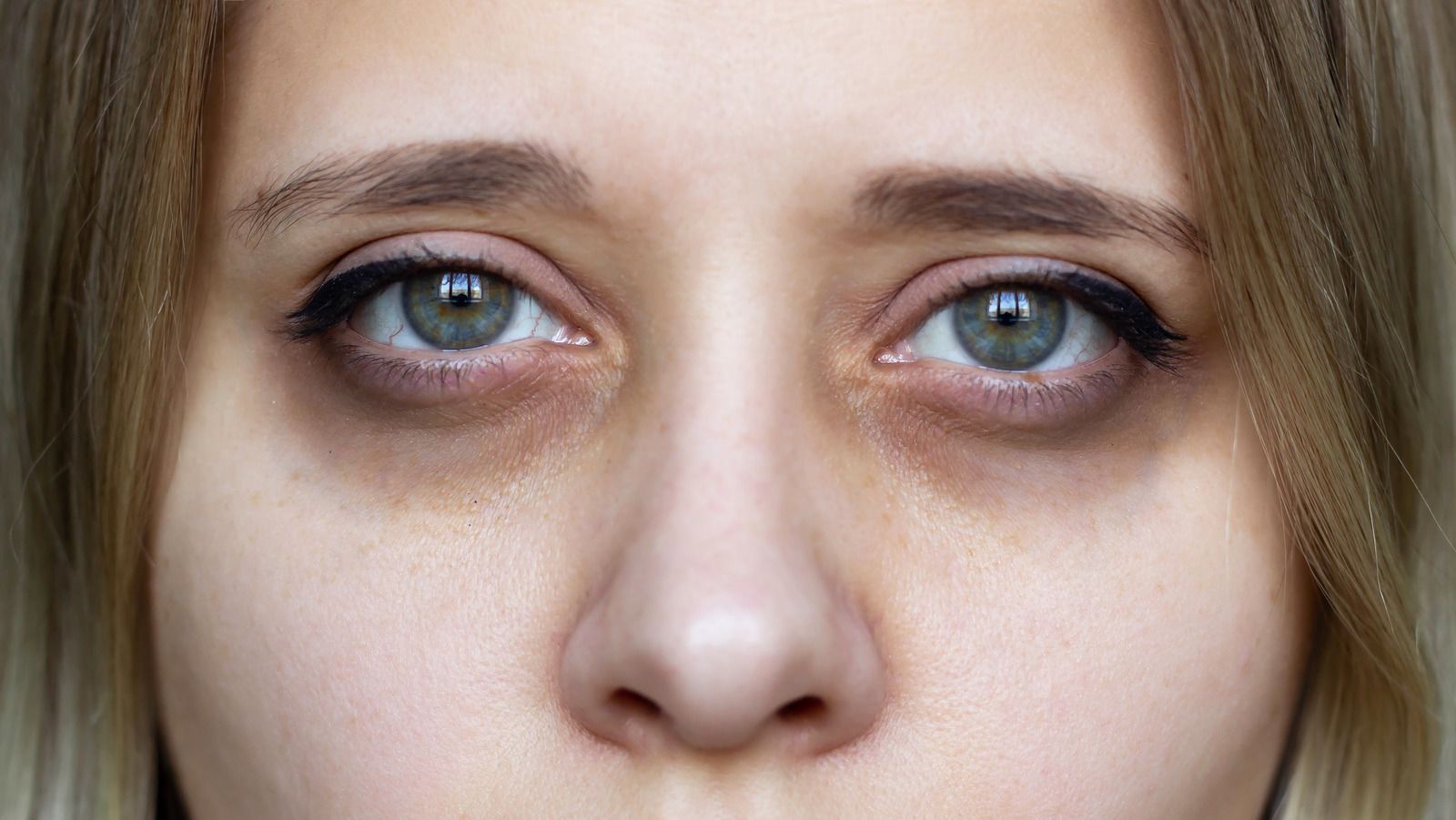What is ARFID?
How Food Exposure Therapy Can Help Individuals with Avoidant/Restrictive Food Intake Disorder (ARFID)
Avoidant/Restrictive Food Intake Disorder (ARFID) is a new diagnosis in the DSM-5, and represents a reformulation of what used to be called “Feeding Disorder of Infancy or Early Childhood." Individuals with ARFID limit the volume and/or variety of foods they consume, but unlike the other eating disorders, food avoidance or restriction is not related to fears of weight or distress about body shape, size or weight. Instead, in ARFID, selective eating is motivated by a lack of interest in eating or food, sensory sensitivity (e.g., strong reactions to taste, texture, smell of foods), and/or a fear of aversive consequences (e.g., of choking or vomiting) [1].
While there is limited research on the prevalence of ARFID, studies have found that between 0.5%-5% of children and adults in the general population have the disorder. Though ARFID most commonly develops during infancy or early childhood, it can persist into adulthood or develop at any age. Although many children go through phases of picky or selective eating, a person with ARFID has a diet that is so limited it leads to medical, nutritional, and/or psychosocial problems. This may mean weight loss, or stalled growth; significant nutritional deficiencies that will vary based on diet; and interference in relationships or engagement in school or work due to difficulties eating [2][3][4].
How is ARFID Diagnosed?
According to the DSM-5, ARFID is diagnosed when:
- An eating or feeding disturbance (e.g., apparent lack of interest in eating or food; avoidance based on the sensory characteristics of food; concern about aversive consequences of eating) as manifested by persistent failure to meet appropriate nutritional and/or energy needs associated with one (or more) of the following:
- Significant weight loss (or failure to achieve expected weight gain or faltering growth in children).
- Significant nutritional deficiency.
- Dependence on enteral feeding or oral nutritional supplements.
- Marked interference with psychosocial functioning.
- The disturbance is not better explained by lack of available food or by an associated culturally sanctioned practice.
- The eating disturbance does not occur exclusively during the course of anorexia nervosa or bulimia nervosa [5].
Exposure feeding therapy is an approach to helping individuals with Avoidant/Restrictive Food Intake Disorder (ARFID) expand their food preferences and overcome their fear of trying new foods. This therapy method involves gradually introducing new foods in a safe and supportive environment to help individuals become more comfortable with a wider variety of foods. Through repeated exposure to different foods, individuals can learn to tolerate, accept, and eventually enjoy a more diverse range of food options. Consistently experiencing various foods in a positive setting can help individuals develop a more positive relationship with food and reduce their anxiety surrounding mealtimes [6].
ARFID can greatly impact a person's quality of life. However, exposure therapy has shown promising results in helping individuals with ARFID expand their food choices and overcome their fears. By gradually exposing individuals to new foods in a supportive environment, they can learn to overcome their aversions and develop healthier eating habits. This therapy can be a valuable tool in the treatment of ARFID and offers hope for those struggling with this challenging disorder. If you or a loved one is facing challenges with ARFID, consider reaching out to a licensed feeding therapist for additional support [7].
References:
1. American Psychiatric Association. (2013). *Diagnostic and statistical manual of mental disorders* (5th ed.). Arlington, VA: American Psychiatric Publishing.
2. Fisher, M. M., Rosen, D. S., Ornstein, R. M., Mammel, K. A., Katzman, D. K., Rome, E. S., ... & Walsh, B. T. (2014). Characteristics of avoidant/restrictive food intake disorder in children and adolescents: A "new disorder" in DSM-5. *Journal of Adolescent Health, 55*(1), 49-52.
3. Kranzler, A., Fung, L., & Colton, P. A. (2015). Parental report of food neophobia and pickiness in children with autism spectrum disorder and their typically developing siblings. *Journal of Developmental and Physical Disabilities, 27*(4), 471-482.
4. Nicely, T. A., Lane-Loney, S., Masciulli, E., Hollenbeak, C. S., & Ornstein, R. M. (2014). Prevalence and characteristics of avoidant/restrictive food intake disorder in a cohort of young patients in day treatment for eating disorders. *Journal of Eating Disorders, 2*(1), 1-8.
5. Strandjord, S. E., Sieke, E. H., Richmond, M., Rome, E. S., & Rome, E. S. (2015). Avoidant/restrictive food intake disorder: Illness and hospital course in patients hospitalized for nutritional insufficiency. *Journal of Adolescent Health, 57*(6), 673-678.
6. Thomas, J. J., & Eddy, K. T. (2019). Cognitive-behavioral therapy for avoidant/restrictive food intake disorder: Children, adolescents, and adults. In *Cognitive-behavioral therapy for eating disorders* (pp. 137-155). Cambridge: Academic Press.
7. Zucker, N. L., Merwin, R. M., Bulik, C. M., Moskovich, A., Wildes, J. E., & Groh, J. (2017). Subjective experience of sensation in anorexia nervosa. *Behaviour Research and Therapy, 89*, 137-147.












